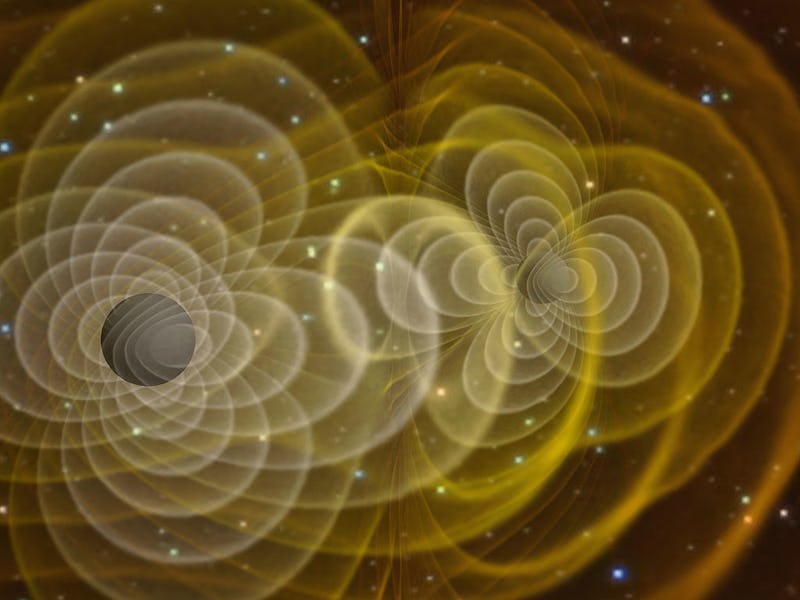The Laser Interferometer Gravitational-Wave Observatory (LIGO), which made scientific history after detecting the first actual evidence of gravitational waves (and then finding some more just a few months later) is on the hunt for more signs of one of the most fundamental yet mysterious phenomena in all of physics after getting some swanky new tech upgrades.
Gravitational waves, in case you need a refresher, are a 100-year-old mystery — or at least they were, until LIGO came around. They were first posited by Albert Einstein in his landmark 1916 Theory of Relativity, though he never lived to prove their existence. The waves, which are faint ripples in spacetime caused by the presence of mass, don’t really do anything other than prove that gravity really exists — which is still very much a big deal. Understanding the nature of gravitational waves will help provide a much clearer understanding in how and why the universe and its objects behave as they do.
LIGO’s first operational run lasted from September 2015 to January of this year. On February 11, scientists at LIGO announced that gravitational waves caused by a black hole collision 1.3 billion light-years had been successfully recorded by their two detectors in Hanford, Washington and Livingston, Louisiana. They announced a second discovery on June 15.
During LIGO’s time off, it’s undergone “major technical upgrades” in a program known as Advanced LIGO. The Livingston detector is 25 percent more sensitive, allowing it to spot black hole mergers from even greater distances. This, in turn, should allow it to observe even more evidence of gravitational waves.
Ripples in spacetime.
The Hanford detector, however, is still about as sensitive as it was during the first run. (A run that, may we remind you, still physical properties that had gone unseen for a century before.)
“Significant progress has been made for the future utilization of still higher power, which will ultimately lead to improved sensitivity in future runs,” Caltech’s Mike Landry, the head of LIGO Hanford Observatory, explained. “Furthermore, with the addition of specialized sensors called balance-beam tilt meters in the corner and end stations, the detector is now more stable against wind and low-frequency seismic motion, thereby increasing the amount of time the detector can be in observing mode.”
At 8:00 a.m. Pacific Time on November 30, LIGO started making scientific observations again. It’s only a matter of time before there’s a new discovery that makes a splash in the physics community.
LIGO's Livingston Observatory.
